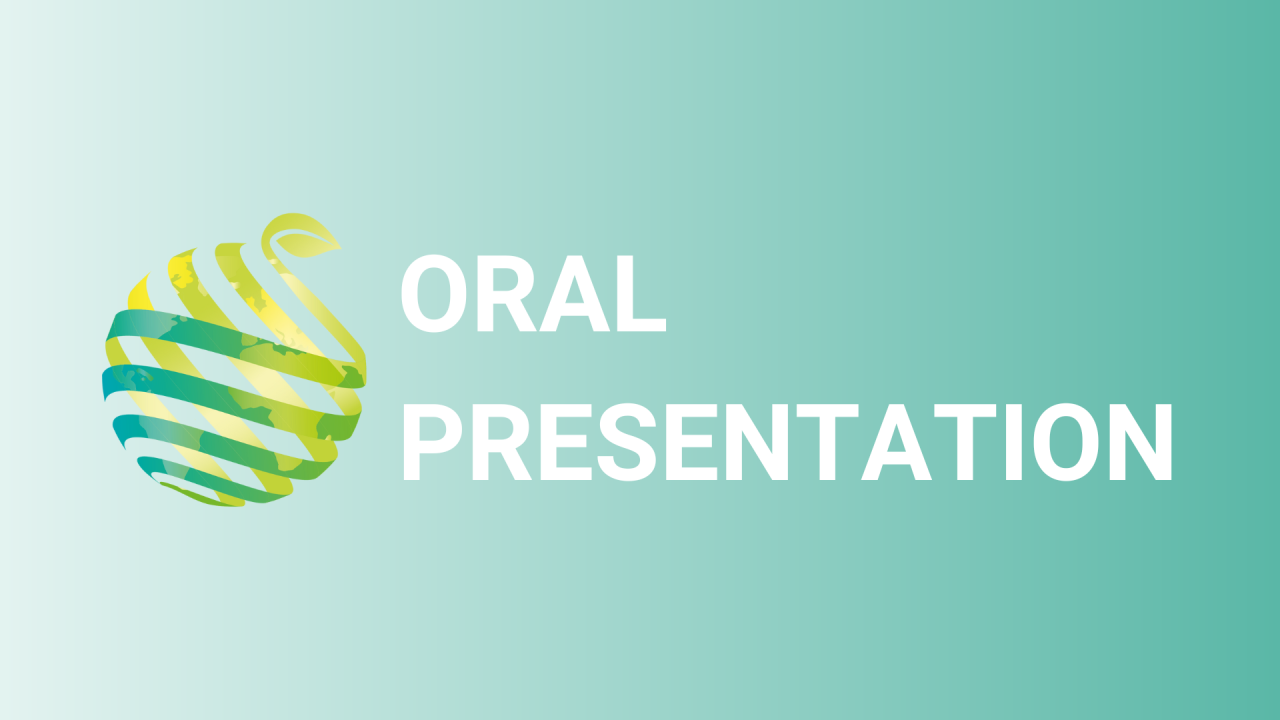

S11 - Session O5 - Effect of leaf temperature on phytosynthetic yield and relative injury of Phalaenopsis
Information
Authors: Ting Wei Chiu *, Wei-Ting Tsai, Ching Chuang
Phalaenopsis is one of the most important floral crops in Taiwan, and there are many studies reported about the relationships between physiology and air temperature. However, the effects of air temperature on the leaf surface temperature and how the leaf response are still unclear. In this study, cloned plants with six leaves of Phalaenopsis Sogo Yukidian 'V3' were used as materials. Plants were treated with three day/night temperature, 35/30°C, 25/20°C and 10/5°C, with 12 hrs (07:00-19:00) photoperiod under 50 µmol m -2 s -1 PPFD in growth chambers, and three plants were treated in each chamber. Thermal imaging camera (TIC) was used to record the temperature of leaves at 0, 10, 20, 30, 40, 50, 100 min, and once every day during seven days of treatments. Photosynthetic yield (Fv/Fm, PSII efficiency) of the newest mature leaf was investigated once every day at 15:30 during seven days by Walz MINI-PAM2 system. The newest mature leaves were used to detect the electrolyte leakage and converted into relative injury (RI) before and at the end of the treatments. The results showed that the leaf surface temperature was nearly the same as air temperature in 1 hr. The photosynthetic yield decreased rapidly under 10/5°C, and plants under 25/20°C had higher value than the other two treatments. The RI under 10/5°C treatment was higher than that under 35/30°C and 25/20°C. The plants at 10/5°C also showed more visible damages than the other two treatments after seven days. It showed that Phalaenopsis Sogo Yukidian 'V3' has more tolerance to high temperature of 35/30°C than low temperature of 10/5°C. According to these preliminary results, we could know more about the relationship between leaves and temperature, with varied leaf temperature response controlled by the environment.